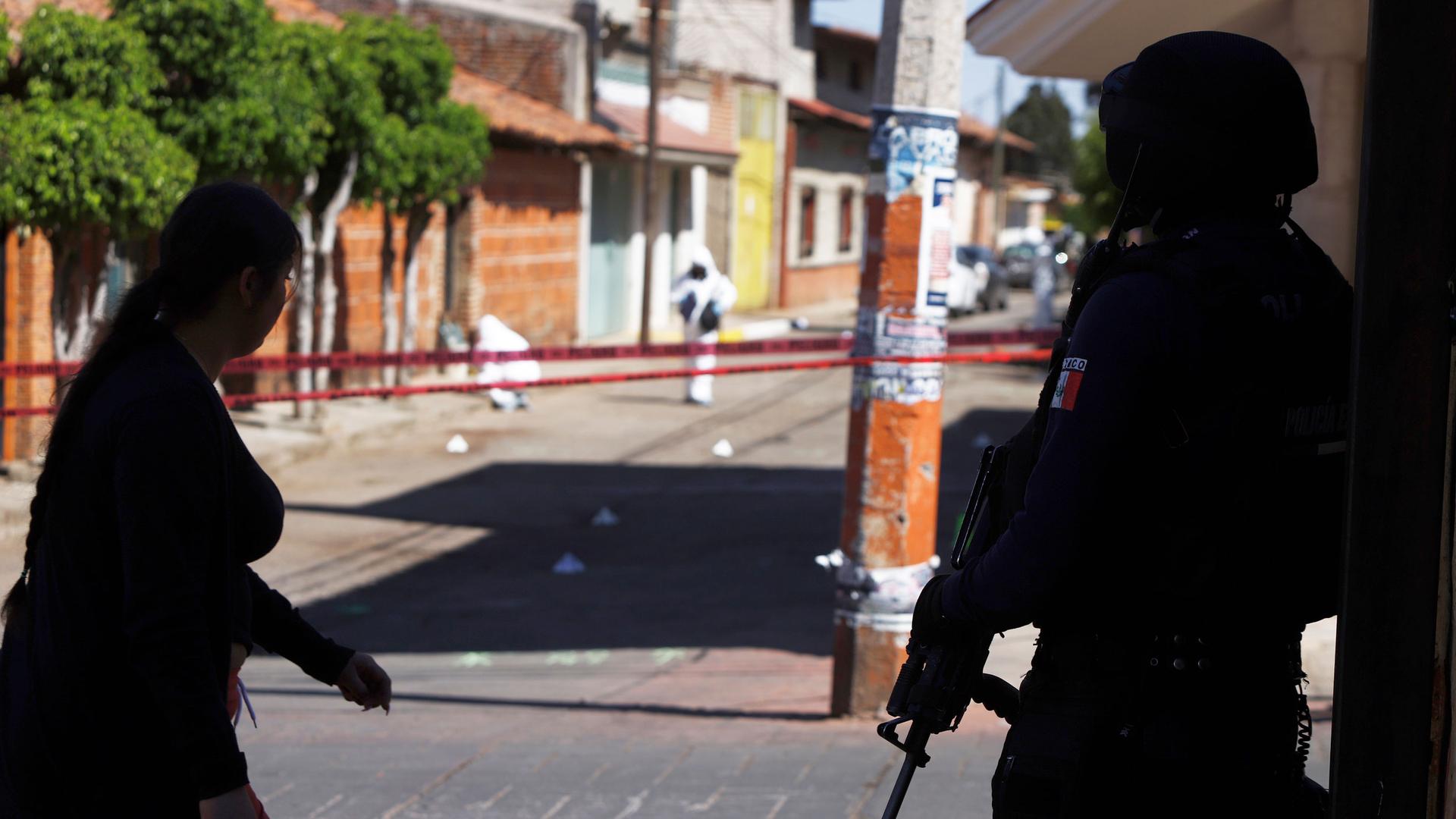This analysis was featured in Critical State, a weekly foreign policy newsletter from Inkstick Media. Subscribe here.
A gun is a material fact, embedded in an ecosystem of supporting material facts. At the moment of violence, this long supply chain is irrelevant, but without it, the gun would never arrive at the moment of violence in the first place. When someone picks up a gun to do violence, they can only do so because people before them have made the gun’s parts, ammunition, and market availability, converting metal plastic and engineering it into a machine for igniting gunpowder and hurling metal into a human body.
Related: Troubled geography: Part I
To talk about gun violence is to talk about the whole of that process, the creation and distribution of guns and ammunition, and how that creation puts weapons in the hands of those who mean to do harm. While the specifics of who does the harm, and for what ends, in what circumstances, can all vary and are worthy of study, the unifying factor in gun violence is the availability of guns.
Related: Democracy, interrupted: Part I
The murder rate in Mexico shot upward in the mid-2000s, after decades of decline. In “Why did Mexico become a violent country?,” David Perez Esparza, Shane D. Johnson, and Paul Gill look at the rise of gun violence in Mexico, and specifically examine how much of that change is downstream from changes in United States gun policy.
The US, through a series of policy changes starting in the Bush administration, has expanded both the production and the flow of guns. The Assault Weapons Ban, a 1994 measure that prohibited the sale of semi-automatic weapons, expired in 2004. The Protection of Lawful Commerce in Arms Act, a 2005 law that protected gunmakers from liability, further lowered the legal and financial risk to gunmakers. This is to say nothing of the variability of state law that in many states loosened restrictions for purchasing weapons. These laws, plus the massive expansion of gun manufacturing aimed at a civilian market, created the conditions for a massive influx of guns into Mexico.
Related: Democracy, interrupted: Part II
With guns easily available in US border states, the specific nature of gun-enabled crime in Mexico changed, built around the heavier and more rapid-fire weapons that came up for sale.
Write the authors, “since the mid-2000s there has been an increase in crimes that benefit from having access to an illegal firearm, such as extortion and kidnapping.” This change came alongside a change in targeting, with mayors and the Mexican Army itself subject to direct attacks from criminal enterprise in Mexico. The authors note that “organized criminal groups did not use high caliber guns until 2005,” and point to studies which “suggest that there has been a dramatic increase in mass shootings and criminal attacks on public figures (e.g., authorities, candidates, and political activists) since the mid-2000s.”
A free and open market for guns in the United States, paired with a massive upswing in production, fed well into existing criminal pathways in Mexico for smuggled weapons, legally purchased, to reshape the form and caliber of violence in the country.
A free and open market for guns in the United States, paired with a massive upswing in production, fed well into existing criminal pathways in Mexico for smuggled weapons, legally purchased, to reshape the form and caliber of violence in the country.
It’s a reminder, too, that one country’s political expedience may cause an open wound on its neighbor.
Critical State is your weekly fix of foreign policy analysis from the staff at Inkstick Media. Subscribe here.
